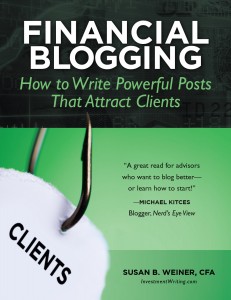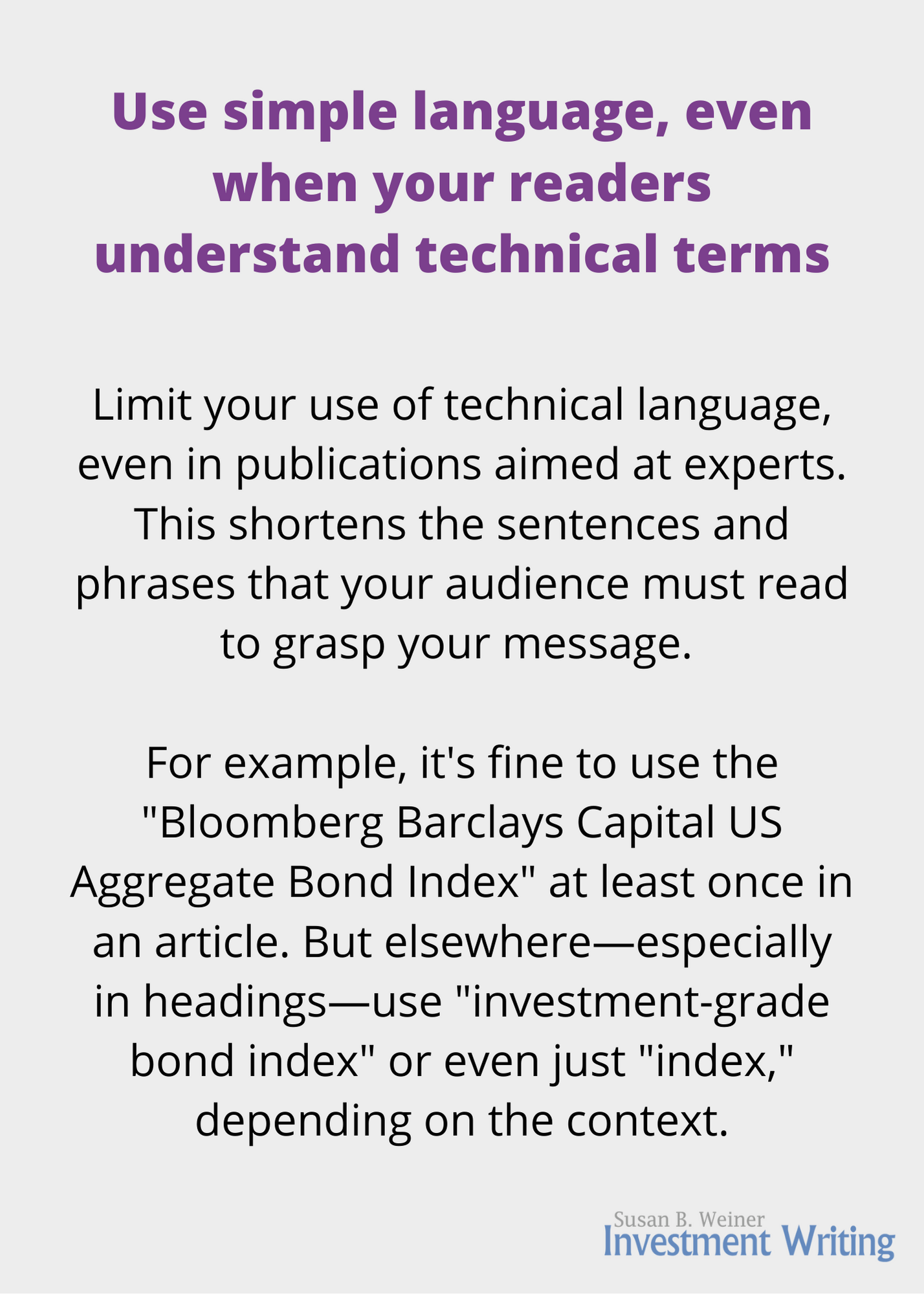DEC. NEWSLETTER: Banish “learnings” and take advantage of sale on my PDF e-books
Down with “learnings”!
I’m not a fan of pedantic expressions like “learnings,” so I was thrilled to read “An insightful alternative to the dreadful jargon ‘learnings’ ” by Josh Bernoff.
Bernoff says, “…a large proportion of your audience, when reading about ‘learnings,’ will tune out or resist. And that doesn’t accomplish your goal of communicating without generating an emotional backlash.” That’s so true!
He suggests “insights” as a good substitute for “learnings.” For example, instead of saying, “Please write up your learnings from the completion of the project in a memo,” he suggests saying, “Please write up your insights from the completion of the project in a memo.” I like it.
Another word that I hate is “mitigate,” as I’ve discussed in “BNY Mellon: I liked your ‘truth ad’ until you used that word” and “Can you make a case for ‘mitigate’?”
If you’re struggling to convince someone about the value of plain language, read “Seven Ways to Talk Your Financial Execs Out of Jargon and Bad Writing,” my guest post that originally appeared on the MarketingProfs blog.
December sale on PDF e-books that will make you a better writer
 Keep my practical writing tips handy with my two PDF e-books.
Keep my practical writing tips handy with my two PDF e-books.
My 45-page Investment Commentary e-book gives you commentary-focused tips for organizing your thoughts, editing for the “big picture,” editing line by line, and getting more mileage out of your commentary.
One financial advisor writes, “Susan’s Investment Commentary book is a must-read. Anyone who writes investment commentary and financial reports should read—and reread this book—in order to avoid the dry, boring reports we see all too often.”
Regularly $9.99, the PDF is $4.99 during December 2024.
 My 107-page book, Financial Blogging: How to Write Powerful Posts That Attract Clients, takes you step-by-step through a powerful system for writing blog posts—or just about any communication you’d share with clients or prospects.
My 107-page book, Financial Blogging: How to Write Powerful Posts That Attract Clients, takes you step-by-step through a powerful system for writing blog posts—or just about any communication you’d share with clients or prospects.
Financial planning expert Michael Kitces says, “A great read for advisors who want to blog better—or learn how to start!”
Blogger Mike Lipper says, “I wish I had read Susan’s Financial Blogging before I produced 300 weekly posts.”
Regularly $39, the PDF is only $27 during December 2024.
Winter soup recipe
My favorite new recipe is “Healing Curry Butternut Squash Lentil Soup (with a slow cooker option!)” I didn’t have the coconut milk called for in the recipe, but the soup still turned out great.
You can use any squash, pumpkin, or sweet potatoes in this recipe. I used tetsukabuto squash instead of butternut squash.
Happy holidays!
I hope you and all of the people in your circle enjoy a lovely holiday season. I’ll see you in 2025.
What my clients say about me
 “Fast, effective, insightful. I can think of no better resource for superior financial writing.”
“Fast, effective, insightful. I can think of no better resource for superior financial writing.”
“Susan has an exceptional ability to tailor investment communications to the sophistication level of any audience. She has an uncanny ability to make very complex investment and/or economic topics accessible and understandable to anyone.”
“Susan’s particularly good at working through highly technical material very quickly. That’s very important in this business. A lot of people are good writers, but they have an extensive learning curve for something they’re unfamiliar with. Susan was able to jump very quickly into technical material.”
Improve your investment commentary
Attract more clients, prospects, and referral sources by improving your investment commentary with 44 pages of the best tips from the InvestmentWriting.com blog.
Tips include how to organize your thoughts, edit for the “big picture,” edit line by line, and get more mileage out of your commentary.
Available in PDF format for only $9.99. Email me to buy it now!
Boost your blogging now!
Financial Blogging: How to Write Powerful Posts That Attract Clients is available for purchase as a PDF ($39) or a paperback ($49, affiliate link).

 Hire Susan to speak
Hire Susan to speak
Could members of your organization benefit from learning to write better? Hire Susan to present on “How to Write Investment Commentary People Will Read,” “Writing Effective Emails,” or a topic customized for your company.




